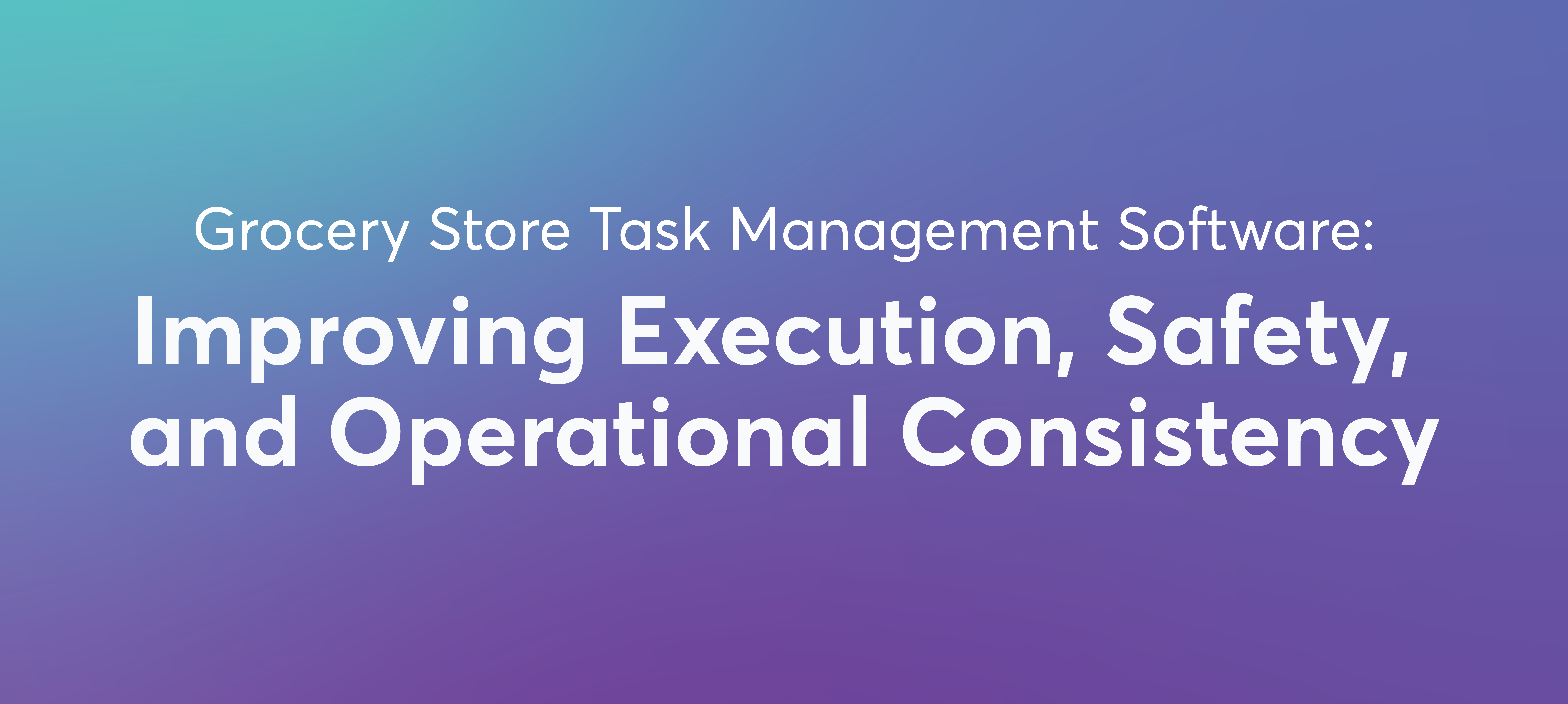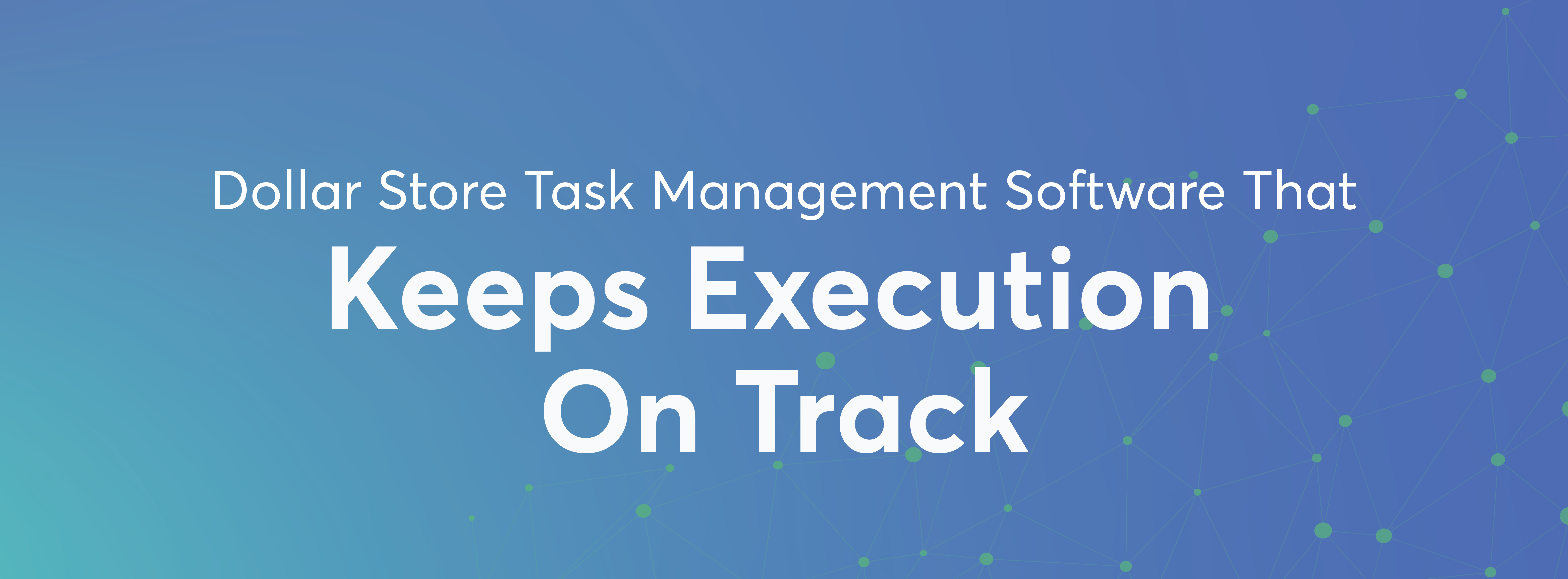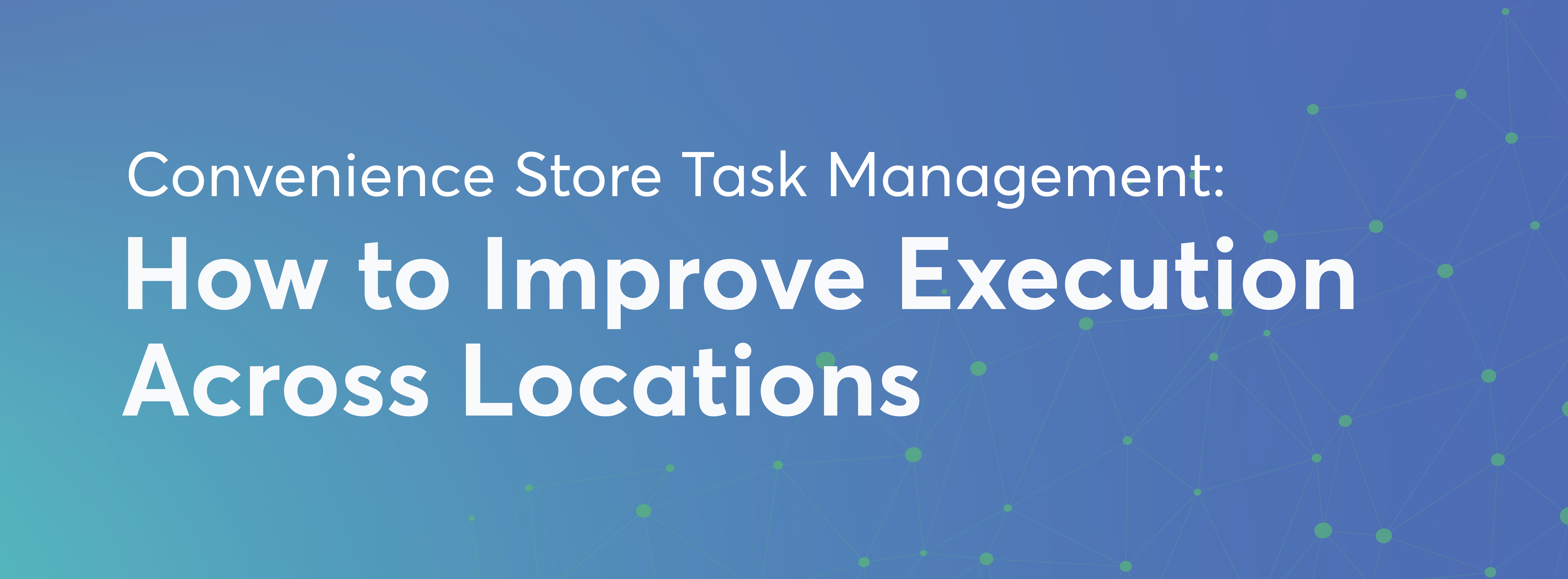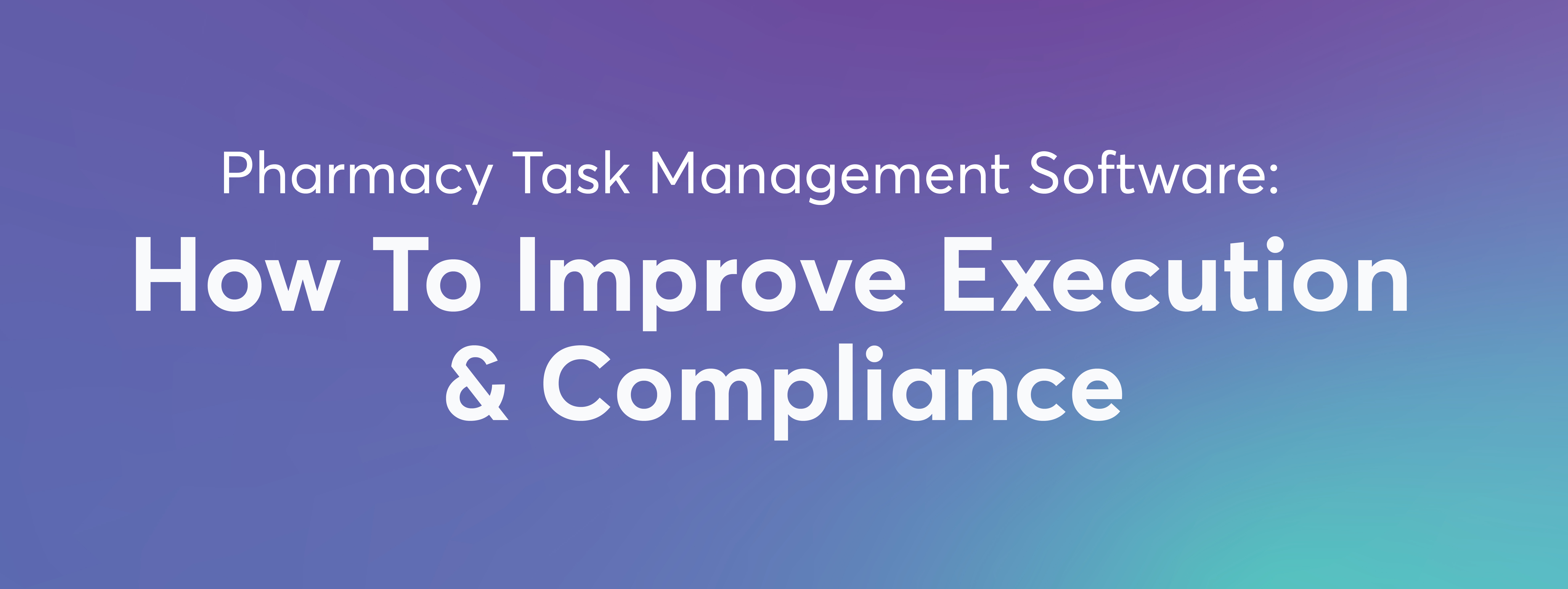
New mobile apps to keep an eye on
Hendrerit enim egestas hac eu aliquam mauris at viverra id mi eget faucibus sagittis, volutpat placerat viverra ut metus velit, velegestas pretium sollicitudin rhoncus ullamcorper ullamcorper venenatis sed vestibulum eu quam pellentesque aliquet tellus integer curabitur pharetra integer et ipsum nunc et facilisis etiam vulputate blandit ultrices est lectus eget urna, non sed lacus tortor etamet sed sagittis id porttitor parturient posuere.
- Lorem ipsum dolor sit amet consectetur rhoncus ullamcorper ullamcorper
- Mauris aliquet faucibus iaculis dui vitae ullamco
- Posuere enim mi pharetra neque proin vulputate blandit ultrices
- Posuere enim mi pharetra neque pellentesque aliquet tellus proindi
What new social media mobile apps are available in 2023?
Sollicitudin rhoncus ullamcorper ullamcorper venenatis sed vestibulum eu quam pellentesque aliquet tellus integer curabitur pharetra integer et ipsum nunc et facilisis etiam vulputate blandit ultrices est lectus vulputate eget urna, non sed lacus tortor etamet sed sagittis id porttitor parturient posuere.

Use new social media apps as marketing funnels
Eget lorem dolor sed viverra ipsum nunc aliquet bibendum felis donec et odio pellentesque diam volutpat commodo sed egestas aliquam sem fringilla ut morbi tincidunt augue interdum velit euismod eu tincidunt tortor aliquam nulla facilisi aenean sed adipiscing diam donec adipiscing ut lectus arcu bibendum at varius vel pharetra nibh venenatis cras sed felis eget.
- Lorem ipsum dolor sit amet consectetur fringilla ut morbi tincidunt.
- Mauris aliquet faucibus iaculis dui vitae ullamco neque proin vulputate interdum.
- Posuere enim mi pharetra neque proin bibendum felis donec et odio.
- Posuere enim mi pharetra neque proin aliquam mauris at viverra id mi eget.
“Eget lorem dolor sed viverra ipsum nunc aliquet bibendum felis donec et odio pellentesque diam volutpat.”
Try out Twitter Spaces or Clubhouse on iPhone
Nisi quis eleifend quam adipiscing vitae aliquet bibendum enim facilisis gravida neque velit euismod in pellentesque massa placerat volutpat lacus laoreet non curabitur gravida odio aenean sed adipiscing diam donec adipiscing tristique risus amet est placerat in egestas erat imperdiet sed euismod nisi.
What app are you currently experimenting on?
Eget lorem dolor sed viverra ipsum nunc aliquet bibendum felis donec et odio pellentesque diam volutpat commodo sed egestas aliquam sem fringilla ut morbi tincidunt augue interdum velit euismod eu tincidunt tortor aliquam nulla facilisi aenean sed adipiscing diam donec adipiscing ut lectus arcu bibendum at varius vel pharetra nibh venenatis cras sed felis eget.
Grocery Store Task Management Software: Improving Execution, Safety, and Operational Consistency
Grocery store teams manage hundreds of tasks daily: ranging from food safety checks and merchandising resets to recall execution and front-end operations. When those tasks aren’t tracked or followed through properly, the result isn’t just inefficiency. It’s shrink, compliance violations, missed sales, and frustrated customers.
Most operators still rely on printed checklists, informal notes, or intranet posts to manage store-level execution. These systems don’t offer real-time visibility or clear accountability, especially across multiple departments or locations.
A digital task management platform gives grocery retailers the ability to assign, monitor, and verify execution at scale—without increasing overhead or manual follow-up.
Common execution gaps in grocery
Unlike other retail formats, grocery stores have overlapping departments and high regulatory oversight. Store teams are expected to meet rigorous standards while serving customers. Gaps in execution are common when communication is unclear or task systems are fragmented.
Key challenges include:
- Temperature-sensitive inventory that requires multiple daily checks
- Product recalls that demand fast, store-specific action
- Seasonal or vendor-driven merchandising updates
- Repetitive cleaning and safety routines that vary by shift
- Task handoffs between departments or across rotating teams
When execution isn’t tracked properly, stores risk spoilage, fines, stockouts, and poor customer experiences. A centralized task platform helps prevent those outcomes.
Uses cases: Where execution tools help grocery stores operate more effectively
1. Accurate, auditable temperature checks
Walk-in coolers, freezers, deli cases, and grab-and-go units all need to stay within strict temperature ranges. Paper logs are often missed, backfilled, or misplaced.
With digital task management, operators can schedule recurring checks, prompt employees for real-time data entry, and set alerts for missed or out-of-range entries. Records are stored centrally for audits, inspections, and brand oversight.
Example: Let’s say a national grocer replaced paper logs with a mobile temperature task in all refrigerated areas. Missed entries triggered alerts to the assistant manager, cutting inspection violations by 60%.
2. Faster recall execution and follow-up
Recalls require urgency. If store teams rely on bulletin boards or general emails, action may be delayed or incomplete.
Digital platforms allow operators to target only the affected stores with clear instructions, product images, and tracking. Completion can be confirmed through barcode scans or photo proof. Leaders can monitor response rates and flag locations needing follow-up.
Example: Consider this scenario: When a dairy product recall hit 300 locations, a regional chain used task software to push recall instructions to relevant stores within minutes. Teams scanned the affected SKUs as they pulled them, giving corporate real-time visibility.
3. Coordinated merchandising and promo launches
Weekly flyers, holiday displays, vendor visits—grocery stores manage a high volume of merchandising activity that must go live on time and look consistent across locations.
Task software gives merchandisers the ability to send detailed instructions and visuals by region, store format, or department. Store teams can confirm completion with images and timestamps, improving compliance and brand consistency.
Example: Imagine a supermarket chain launched a summer grilling campaign across 600 stores. Each location received a photo-based checklist segmented by department. 94% of locations completed setup by deadline, compared to 67% the previous year.
4. Cleanliness and sanitation task tracking
Cleanliness is both a compliance issue and a customer expectation. Without a real-time system, cleaning checklists can be rushed or forgotten, especially during busy shifts.
With scheduled, trackable tasks, store associates know exactly what needs to be done and when. Completion data is visible to management, and photo proof can be required for high-priority areas like restrooms, deli counters, or customer service stations.
Example: Picture a store group added hourly restroom checks to their digital checklists. When a state inspector visited unannounced, the store was able to show a clean audit trail and avoid a citation.
5. Cross-departmental task coordination
Grocery stores operate with multiple teams—bakery, meat, produce, front-end, and more. When departments use separate systems (or none at all), communication and task ownership suffer.
Digital task management tools unify execution across roles and departments. Leaders can assign tasks by role, department, or store type. Associates see only the tasks relevant to their role, reducing confusion and improving follow-through.
Example: Suppose a chain reduced role-based tasking so that bakery teams received setup instructions for holiday baked goods while front-end staff focused on flyer signage. The change reduced duplicate efforts and improved promo readiness across departments.
Built for grocery: What sets a task management platform apart
Grocery stores have unique operational challenges—multi-department teams, overlapping responsibilities, temperature-sensitive goods, and high task volume across shifts. Not every execution platform is equipped for that.
The right system should:
- Support mobile use throughout the store, from stockroom to sales floor
- Work without a constant Wi-Fi connection, including in freezers or prep areas
- Assign tasks based on role, department, or location-specific needs
- Provide clear oversight for field leaders and corporate teams
- Scale easily across regional banners, franchise groups, or national chains
Additional features like issue tracking, digital checklists, and embedded SOPs help close the loop on execution without adding extra systems or steps.
A better way to manage store execution
When grocery stores rely on paper checklists, manual follow-ups, or disconnected tools, it becomes difficult to hold teams accountable—or even know if the work is being done at all.
A purpose-built execution platform gives operators the visibility and structure they need to reduce errors, stay compliant, and improve store performance. From food safety tasks to merchandising resets, consistency improves when tasks are clearly assigned, tracked, and completed.



